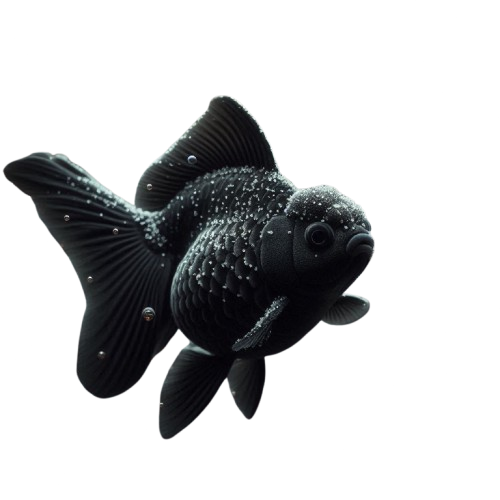White Spot Disease in Fish, also known as "Ich" or "Ichthyophthirius multifiliis," is one of the most common and troubling diseases affecting aquarium fish. This parasitic disease can impact the health and well-being of fish, causing stress and, if untreated, can even lead to fatalities. For both new and experienced fishkeepers, understanding the symptoms, causes, and treatments of white spot disease is crucial for maintaining a healthy aquarium.
What is White Spot Disease?
White Spot Disease is caused by a protozoan parasite that attaches to fish, forming tiny white cysts on their skin and fins. This parasite thrives in aquariums with fluctuating temperatures, poor water quality, or stressful conditions for the fish. The disease spreads rapidly, especially in aquariums with close quarters, where other fish are exposed to the parasite.

